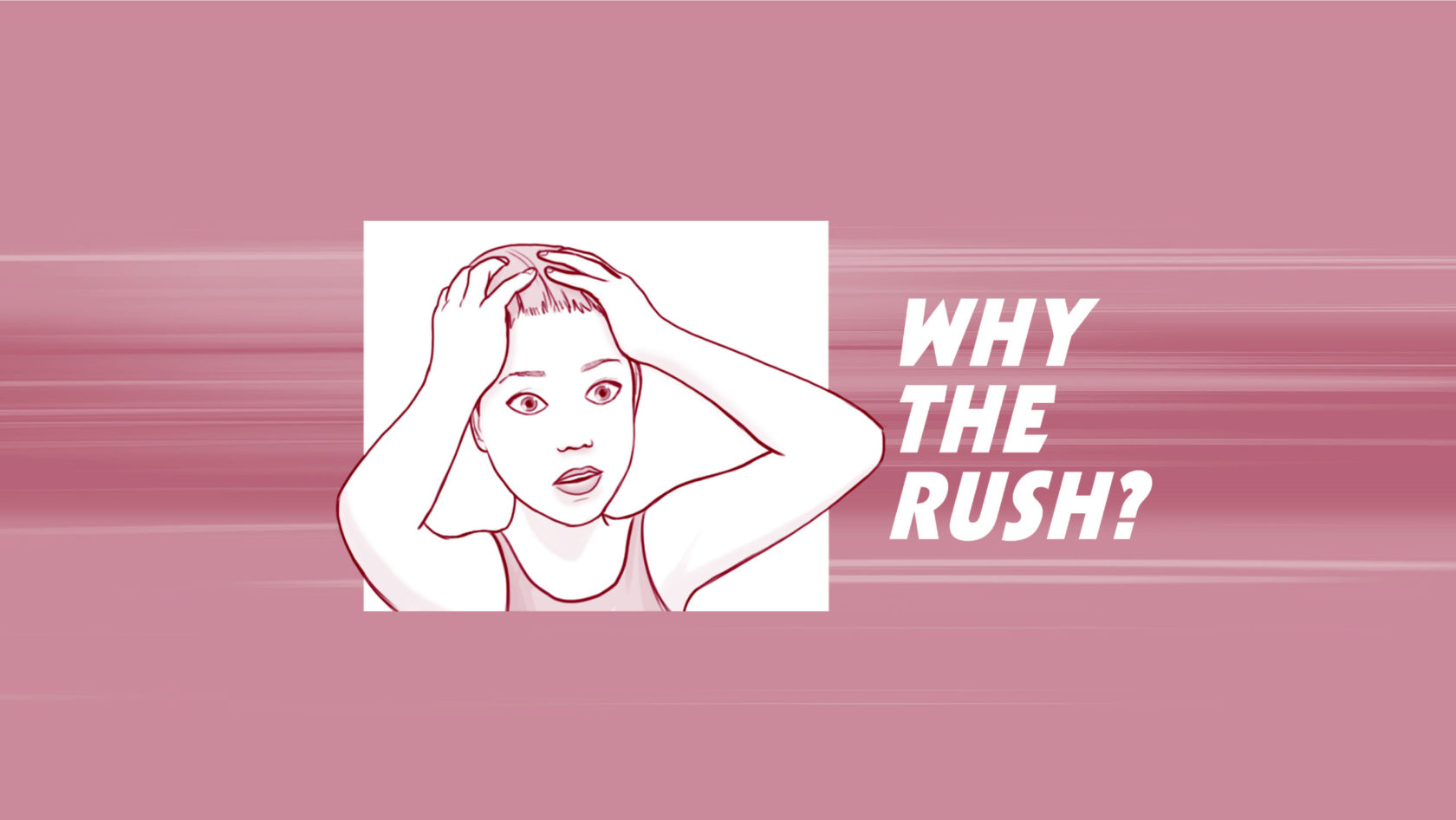There is a prevalent acceptance in ballet studios these days of a sadly dangerous belief. I most definitely do not understand it, and I wish there were some way to gather all the moms, teachers, and studio owners together into one room and explain to them the solution to this problem. Some may disagree with me on this, but it’s important enough to me that I’ll stand by it anyway.
The problem I’m speaking of is a subject near and dear to my heart. I have and always will be a promoter of this concept, and I will surround my blog posts and every product The Ballet Source releases on the principle that:
We must not force young, inexperienced bodies to do things that are outside their level of physical, psychomotor, and mental capabilities.
Let me say that another way: young children must not be treated as small adults. Ballet was originally developed for adults, but your students are not adults! They are children with sensitive developmental processes that must be carefully acknowledged.
Throwing a six-year-old into a classroom and expecting them to stand with one hand on the barre and practice developpé is not just ludicrous, it can be downright dangerous! Our job as their teacher is to find ways to teach them ballet technique while also keeping in mind their delicate growth process.
The late Ruth Brinkerhoff, our source of wisdom on this website, wrote a wonderful “Pointe 1: An Intro to Pointe Work” curriculum. In it, she explains the progression of working en pointe, starting at age 11 and moving up in age and ability. She said it this way:
The Kirov and Bolshoi schools have a very similar schedule, providing for a very slow buildup on pointe for the first few years . . . If we are to believe that these famous schools produce good dancers because of how they train them, then it makes sense that we, too, should seriously consider putting strict limits on how much and what kind of pointe work we permit our students to do for at least the first two years of pointe.*
Although Ruth is speaking specifically about pointe here, this principle can be applied to any level or age group. We must stop believing that just because they can do it (however poorly), they should do it. If a five-year-old child says to me, “Look, Miss Kim!” and shows me her best pirouette, my response is usually something like, “Oh, that’s wonderful, but be careful—that step is still a little too hard for you.”
In the Level 4 Curriculum Book, Brinkerhoff puts it perfectly when she says:
It is very rewarding to see the beautiful results that can happen from taking things at a correct pace: the graceful shaping of muscles and the graceful movements that are possible after six to eight years of consistently good ballet.
That is what we should be about: finding the best progression of learning for our young ones so they can build a strong foundation and have a better chance of progressing safely, naturally, and beautifully through their ballet training. This takes a lot of creativity and understanding of how children develop (see “Understanding Your Student’s Growth Process”), but the results are worth it!
Students don’t always understand it, and sometimes even teachers don’t, but I will always teach my students what is good, safe, and the most beneficial for their developing bodies. In the end, we should avoid rushing little minds and bodies into things beyond their abilities. Slow it down, and reap the benefits later!
Related Articles:


Comments
Bob Borosd says
Yes, I agree. Please note the article in a recent Dance Teacher about Vaganova training in America, namely how the Russian teachers feel pressured by American parents to move much faster through training than is expected in the Vaganova syllabus. Parental (i.e. money) pressures is one of the roots of this problem.
Dowson says
Who are you trying to kid,
In Russia. In. China. In. Japan. In. South Korea. Cuba. Etc.
The kids are pushed. Pushed. Pushed. To extreme from the age of 6 you must live in a fictitious world of make believe
D
Add Comment